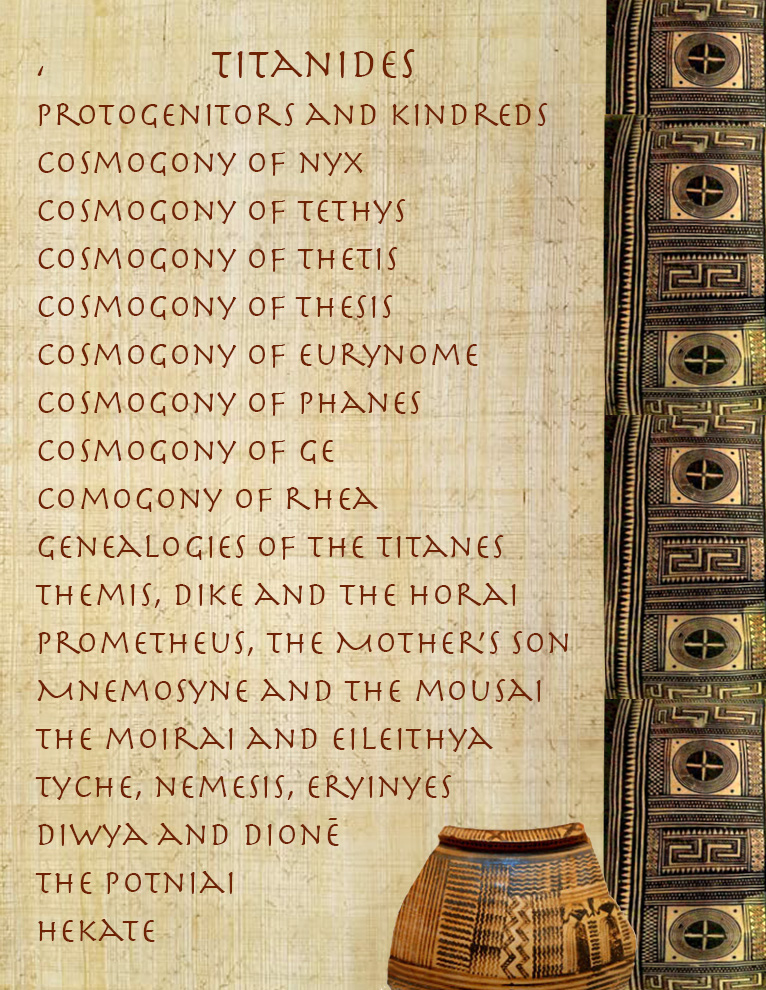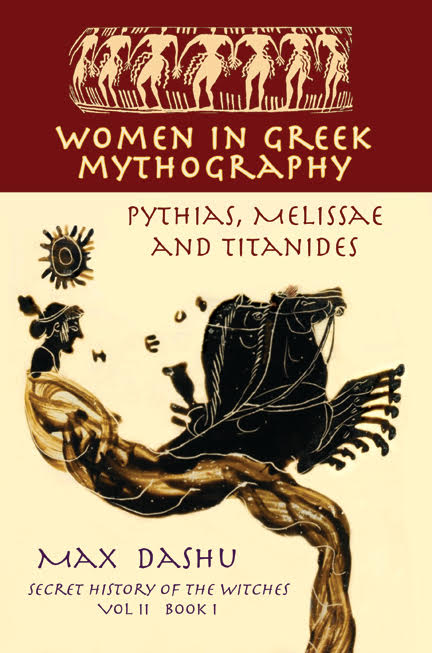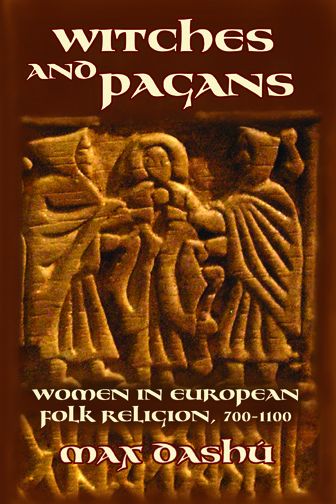Women in Greek Mythography
What they didn’t teach us about women in Greek myth and iconography: a richly illustrated ethnohistorical sourcebook. Women’s dance, ceremony, and spiritual culture from 1600 BCE to 300 CE: bee and snake shapeshifters, priestesses, prophecy, goddess temples. But also sexual politics of war and captivity, conquest and slaving, and the origins of “rape culture” in Western Civ. Ariadne of the Labyrinth, Herophile the Sibyl, the diviner Manto, Iō the once-priestess of Hera; the Libyan Danaides, Helen of Sparta, Kassandra of Troy, and the prophetic but persecuted daughter, Melanippe the Wise.
We are currently shipping to the US, UK, EU & CANADA. If you are outside of these areas or are looking to purchase a large quantity, please fill out this order request form.
$24.99
What they didn’t teach us about women in Greek myth and iconography, this ethnohistorical sourcebook uncovers, beginning with the pre-patriarchal cosmogonies of Night, Earth, and the sea-titanides Tethys and Thetis.
Richly illustrated, the book highlights female iconography from the Mycenaean to the Hellenistic era, depicting women’s dance, ceremony, and spiritual culture. Weavers were culture-makers, encoding protective symbols in clothing, creating story cloths and votive robes for Athena or Hera. There’s a reason why weaving as speech—text from textile—was a prominent metaphor in Greek language and literature.
A rich record exists of women’s ceremonial culture: bee and snake shapeshifters, priestesses, women’s lamentations and ancestor libations, birth caves of Eileithyia, dream caves of the nymphai. The women’s dance is depicted in Geometric-era ceramic paintings in a style reflecting Libyan influences, followed by Phoenician themes in the Archaic.
Dashu delves into Goddess myths and imagery. Her analysis of textual and iconographic stratification documents how patriarchy visibly transforms the goddesses over time (although the Moirae, Hekate, Nemesis, and the Gorgons withstood these pressures).
A major focus is the sexual politics of war and captivity, conquest and slaving, and how the values of domination became mythically encoded in art and literature: Helen of Sparta, the invasion of Troy, women as “the prize of my spear.” Dashu sheds light on the origins of “rape culture” in Western Civilization—the gods and heroes are rapists—and on themes of female subjugation, captivity, sacrifice, femicide, but also defiance and resistance.
Oracular women preserved an important sphere of female spiritual authority. The most prestigious was the Oracle of Delphi, who legendarily predated the Trojan War and was quashed 1500 years later by a Christian Roman emperor. Once the prophetic sanctuary of Earth and her Snake, Delphi was taken over by Apollo, one of many mythic conquests.
Stories of legendary women include: Ariadne the labyrinth, Herophile the Sibyl, Manto the diviner, Iō the once-priestess of Hera; the Libyan Danaides, Helen of Sparta, Kassandra of Troy, and the prophetic but persecuted daughter, Melanippe the Wise. In this book, you’ll find the hidden stories of ancient Greek women.
Contents:
1. Titanides (the female Titans, powers of Nature, and their cosmogonies)
2. Archaica (Mycenaean, Geometric and Archaic periods, indigenes and conquerers, Trojan war)
3. Goddesses Revised (older forms of the Olympian goddesses, and how they were transformed)
4. Mythic Conquests (rapist gods and heroes; stories of female overthrown and subjugation)
5. Pythias, Melissae, Oracles (the Delphic Oracle, Black Doves of Dodona, other prophetic women)
Commentaries on Chapters 1-5
Glossary
Endnotes
Bibliography


